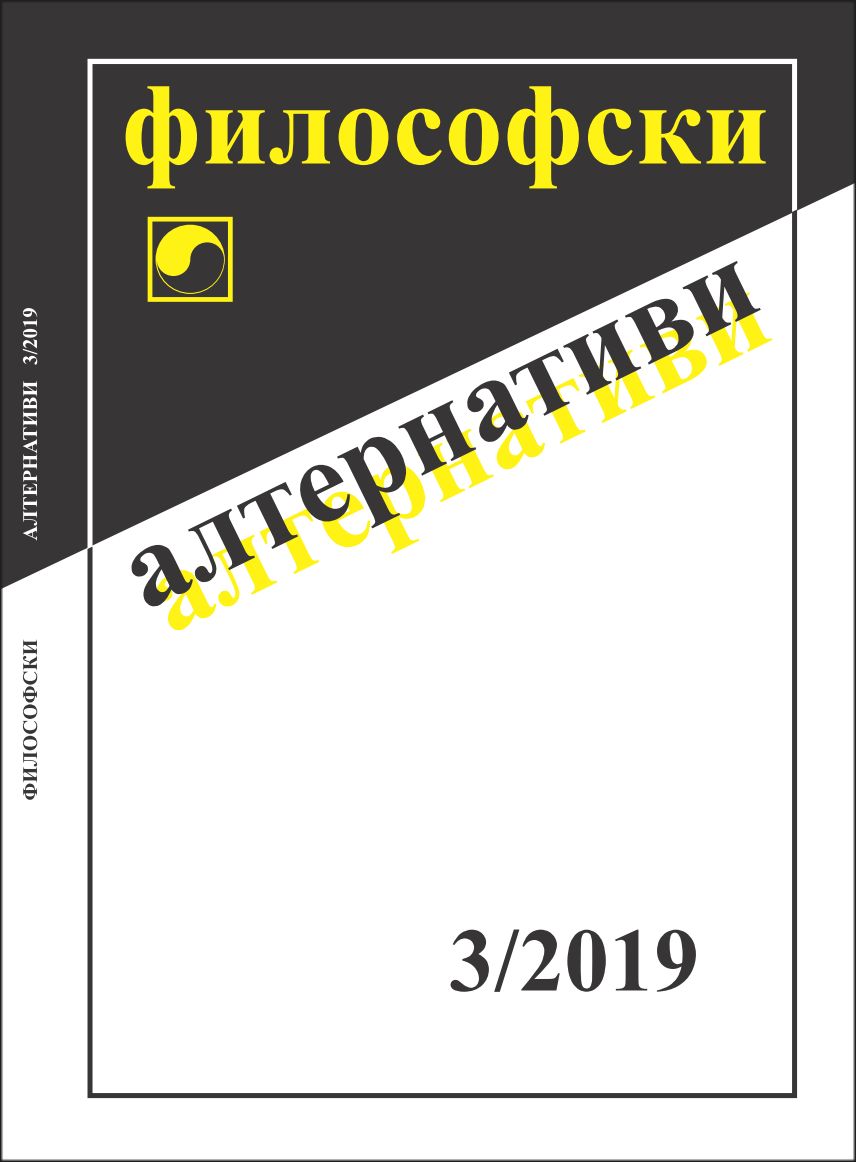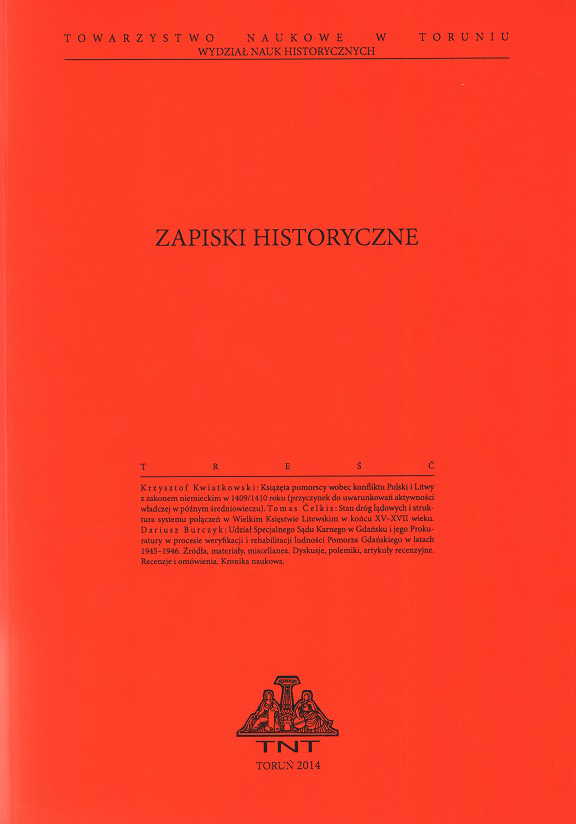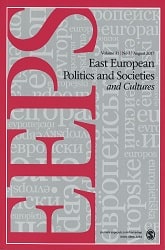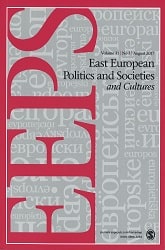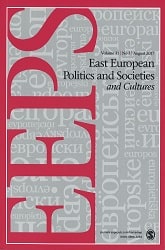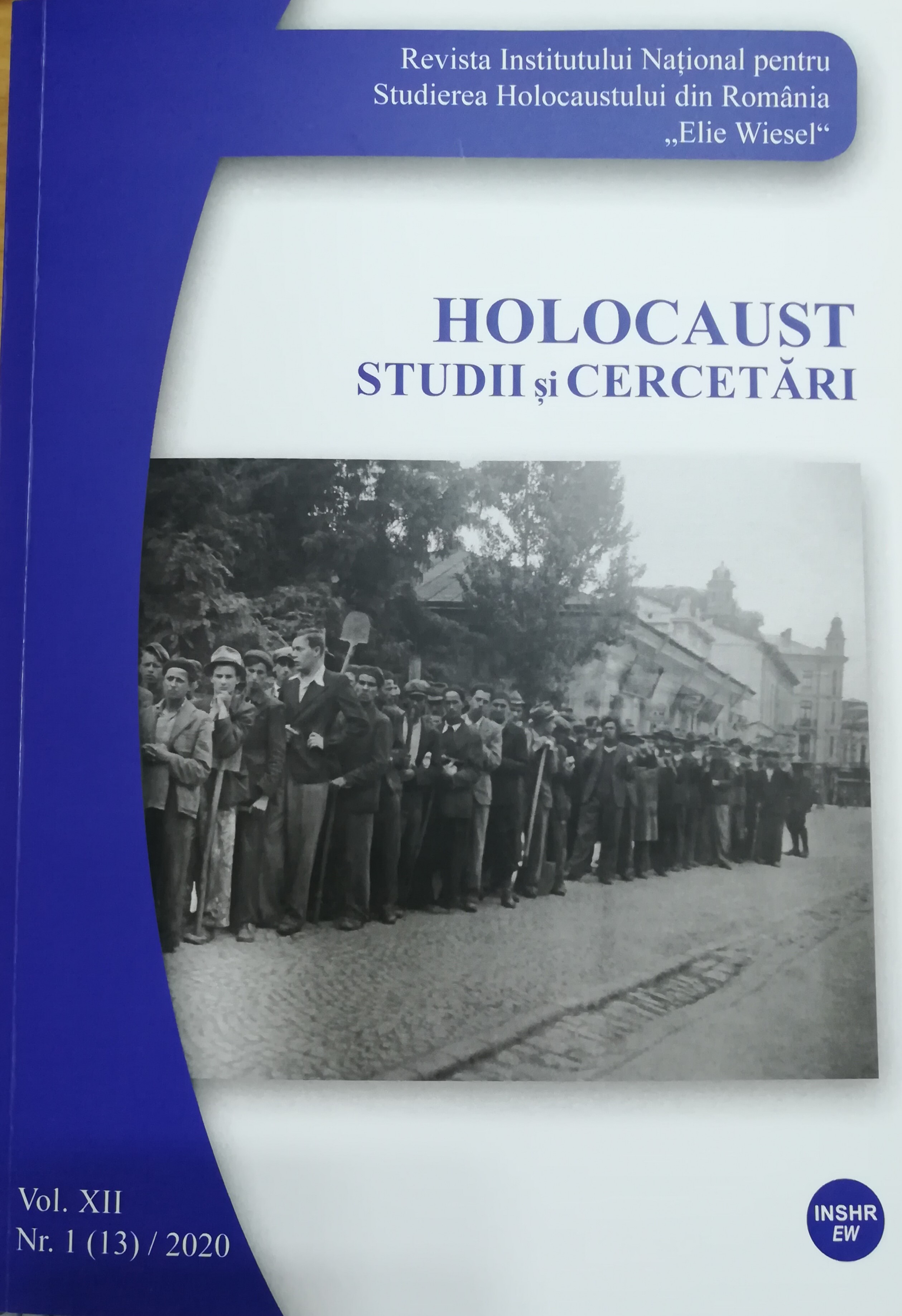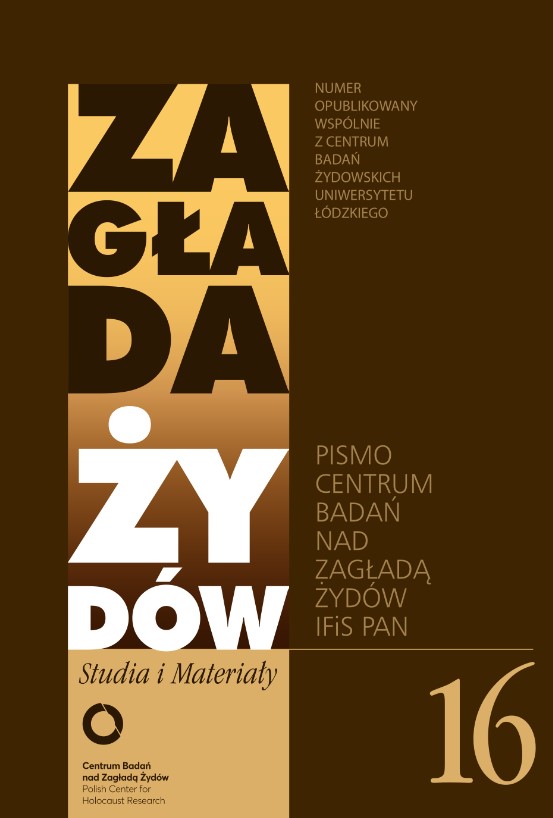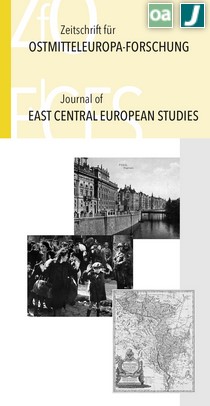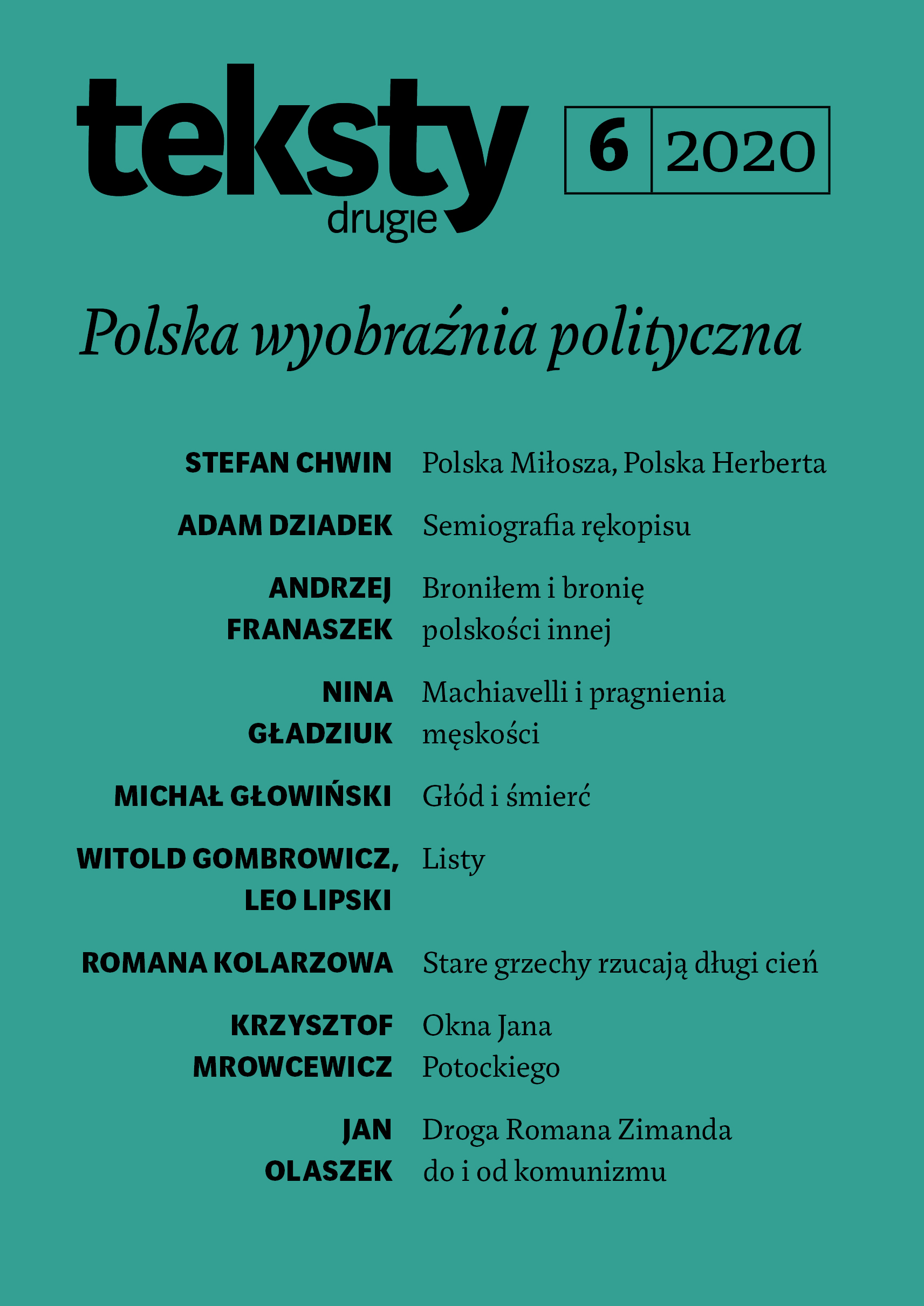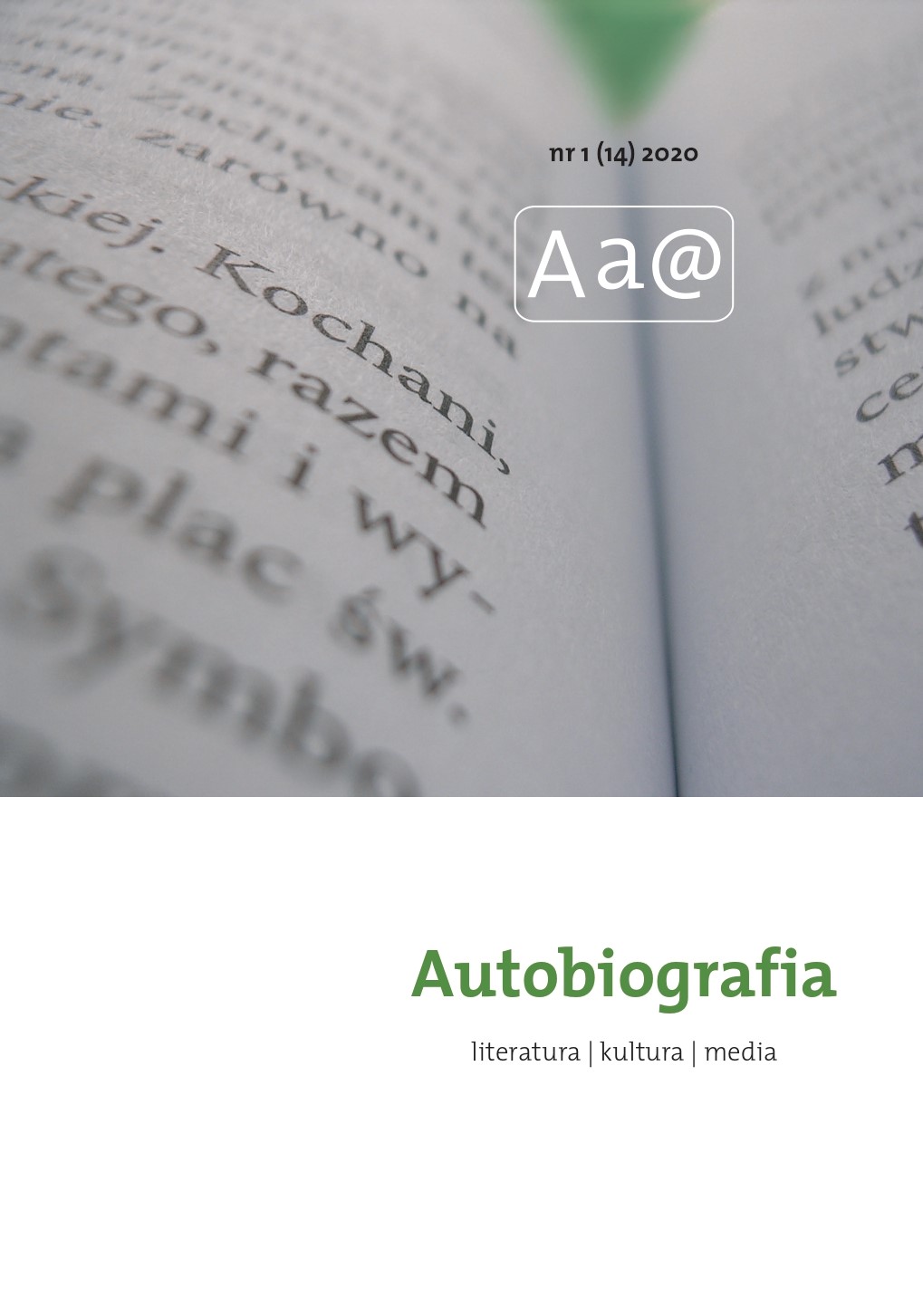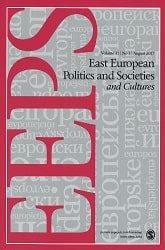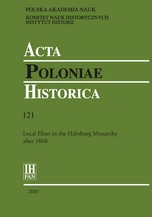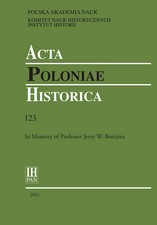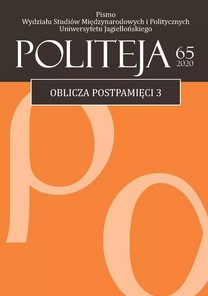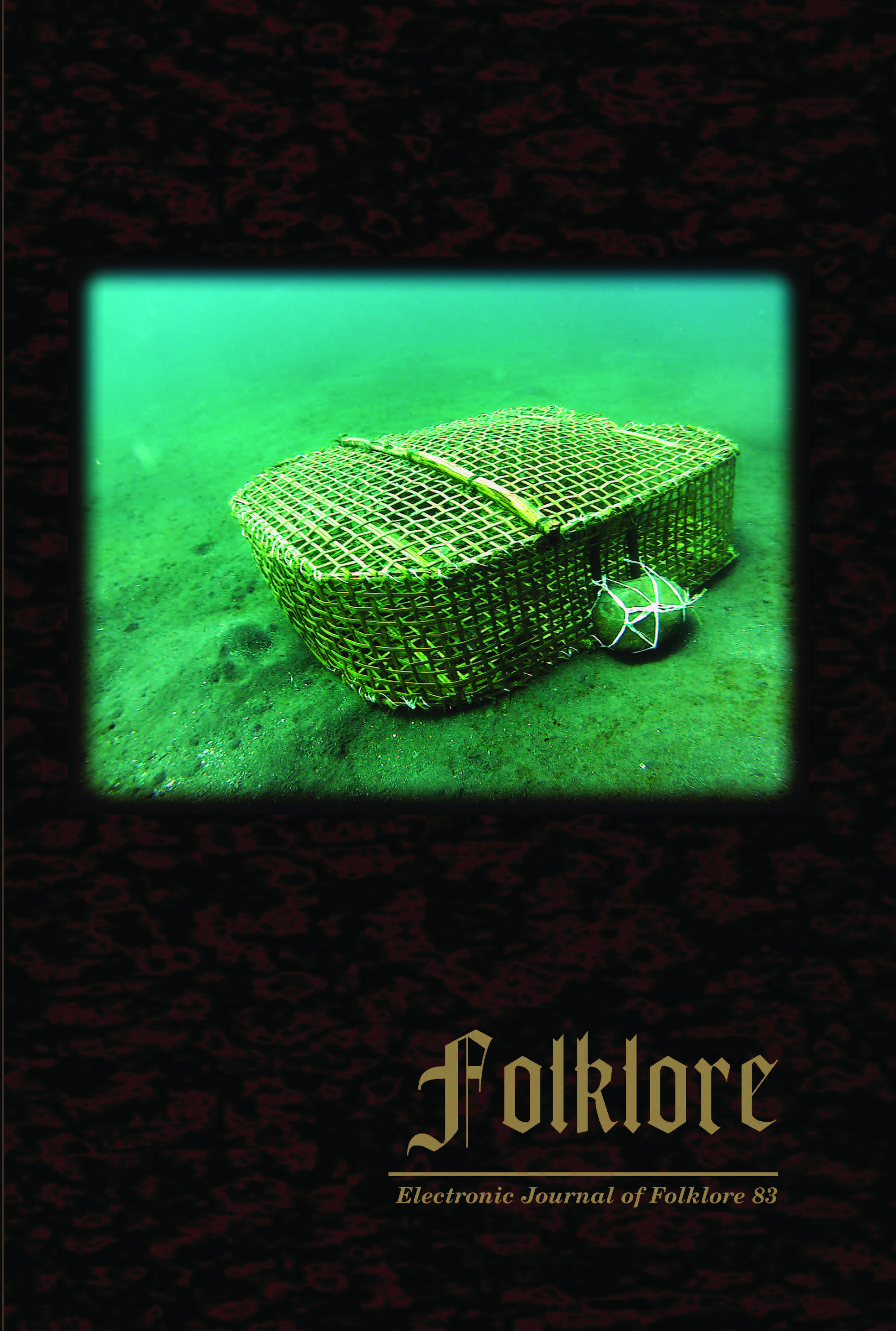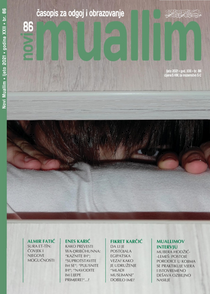Author(s): Joanna Nalewajko-Kulikov,Stephan Lehnstaedt,Joanna Wojdon,Maciej Górny,Piotr Kuligowski,Urszula Augustyniak,Rafał Rutkowski / Language(s): English
Issue: 121/2020
Review of:
Rafał Rutkowski- Theodoricus, De antiquitate regum Norwagiensium. On the Old Norwegian Kings, ed. and comment. Egil Kraggerud, trans. Peter Fisher, The Institute for Comparative Research in Human Culture in Oslo, Oslo, 2018, XCVIII + 394 pp.; series B: Skrifter, 169
Urszula Augustyniak- Martin Faber, Sarmatismus. Die politische Ideologie des polnischen Adels im 16. und 17. Jahrhundert, Deutsches Historisches Institut Warschau, Wiesbaden, 2018, 526 pp.; series: Quellen und Studien, 35
Piotr Kuligowski - Morgane Labbé, La Nationalité, une histoire de chiffres. Politique et statistiques en Europe centrale (1848–1919), Presses de Sciences Po, Paris, 2019, 382 pp.
Maciej Górny - Balázs Trencsényi, Michal Kopeček, Luka Lisjak Gabrijelčič, Maria Falina, Mónika Baár, and Maciej Janowski, A History of Modern Political Thought in East Central Europe, ii: Negotiating Modernity in the ‘Short Twentieth Century’ and Beyond, Part 1: 1918–1968; Part 2: 1968–2018, Oxford University Press, Oxford, 2018, 472 and 392 pp., selected bibliography, indices
Joanna Wojdon - Joanna Hytrek-Hryciuk, Między prywatnym a publicznym. Życie codzienne we Wrocławiu w latach 1938–1944 [Between the Private and the Public. Everyday Life in Wrocław in the Years of 1938–1944], Via Nova, Wrocław, 2019, 319 pp.
Stephan Lehnstaedt - Barbara Engelking and Jan Grabowski (eds), Dalej jest noc. Losy Żydów w wybranych powiatach okupowanej Polski [Night Without an End. Fate of Jews in Selected Counties of Occupied Poland], 2 vols., Stowarzyszenie Centrum Badań nad Zagładą Żydów, Warszawa, 2018, 871 + 835 pp.
Joanna Nalewajko-Kulikov - Magdalena Ruta, Without Jews? Yiddish Literature in the People’s Republic of Poland on the Holocaust, Poland and Communism, edited by Jessica Taylor-Kucia, Jagiellonian University Press, Kraków, 2017, 452 pp.; series: Studies in Jewish Civilization in Poland, 2
More...
